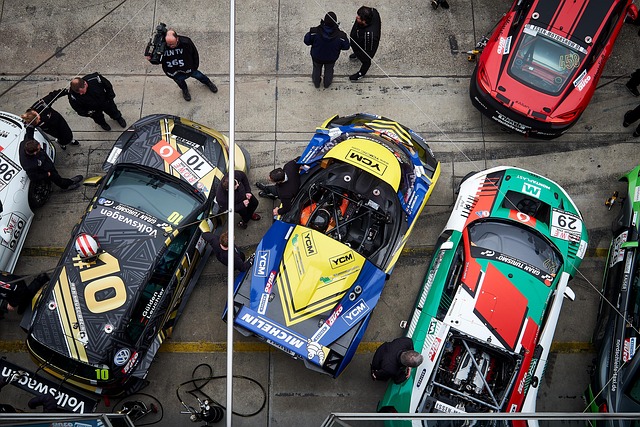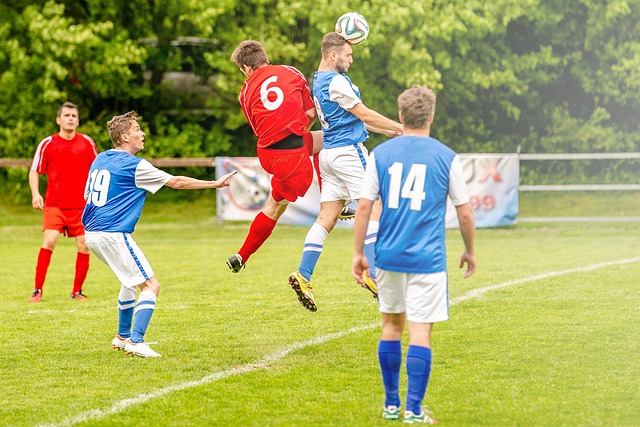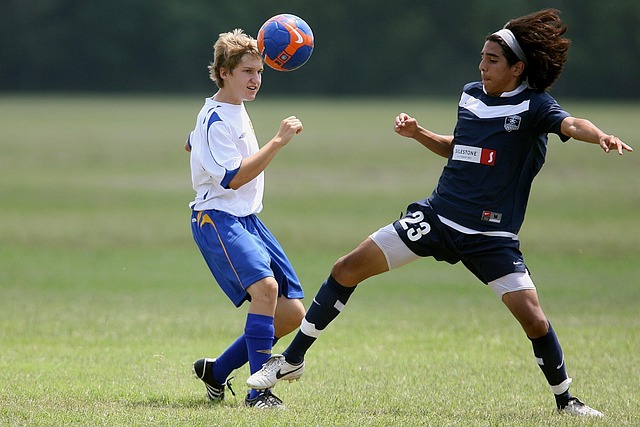The National Collegiate Athletic Association (NCAA) soccer leagues offer a structured ranking system for college teams, based on regular-season performance, schedule strength, and tournament success. Key metrics like goals, possession, and shots are crucial for analyzing team strategies and predicting outcomes. To excel in NCAA soccer leagues, Oregon Ducks should focus on coaching stability, attracting top talent, and investing in modern training facilities, data analysis tools, and specialized support staff to enhance player performance and increase rankings.
Ducks soccer, part of the larger NCAA (National Collegiate Athletic Association) ecosystem, operates within a structured system of leagues that significantly impact team rankings and performance. Understanding these leagues is crucial for evaluating the sport’s competitive landscape. This article delves into the intricate world of NCAA soccer by analyzing the ranking factors and trends that shape Ducks’ success. By exploring key metrics and implementing effective strategies, we aim to illuminate paths for enhancing their standing within the NCAA soccer leagues.
- Understanding NCAA Soccer Leagues: An Overview of Structure and Rankings
- Analyzing Duck Soccer Performance: Key Metrics and Trends
- Unlocking Success: Strategies for Enhancing Duck Soccer Rankings in the NCAA
Understanding NCAA Soccer Leagues: An Overview of Structure and Rankings

The National Collegiate Athletic Association (NCAA) soccer leagues form a structured system that ranks and organizes college soccer teams in the United States. This league system is a cornerstone of college sports, offering competitive play at various levels. The structure typically includes divisions and conferences, with each division further divided into multiple groups or sections, ensuring balanced competition among schools.
Rankings within NCAA soccer leagues are based on a combination of factors, primarily including regular-season performance, strength of schedule, and tournament success. These rankings determine crucial aspects such as playoff eligibility and seeding, influencing the trajectory of teams throughout the season. Understanding this structure is essential for fans and analysts to interpret team performance and predict outcomes in the dynamic world of college soccer.
Analyzing Duck Soccer Performance: Key Metrics and Trends

Analyzing Duck Soccer Performance involves a deep dive into key metrics that have emerged as reliable indicators in the competitive landscape of NCAA soccer leagues. Over time, goals scored and conceded per game have been prominent factors, offering insights into the team’s offensive and defensive solidity. Additionally, possession percentage and shots on target reveal strategic elements, such as the team’s ability to control the tempo of games and create scoring opportunities.
Trends in these metrics can be revelatory. For instance, a consistent increase in goals scored over seasons suggests improvement in offensive tactics and player development. Conversely, rising concessions might signal areas needing defensive adjustments. By examining these patterns, coaches and analysts can identify strengths to build upon and weaknesses to address, ensuring the team’s continued competitiveness within NCAA soccer leagues.
Unlocking Success: Strategies for Enhancing Duck Soccer Rankings in the NCAA

To unlock success and enhance their rankings, Oregon Ducks soccer teams can employ several strategic approaches within the NCAA soccer leagues. Firstly, prioritizing consistent coaching staff stability allows for long-term planning and development of a strong team culture. This foundation is crucial for recruiting top high school talent who seek stable programs with a proven track record.
Secondly, investing in state-of-the-art training facilities and hiring specialized support staff, such as strength and conditioning coaches and sports scientists, can significantly boost player performance. Additionally, adopting innovative training methods, data analysis tools, and recovery strategies will give the Ducks an edge over their competitors in the NCAA soccer leagues, potentially leading to improved rankings and deeper playoff runs.






